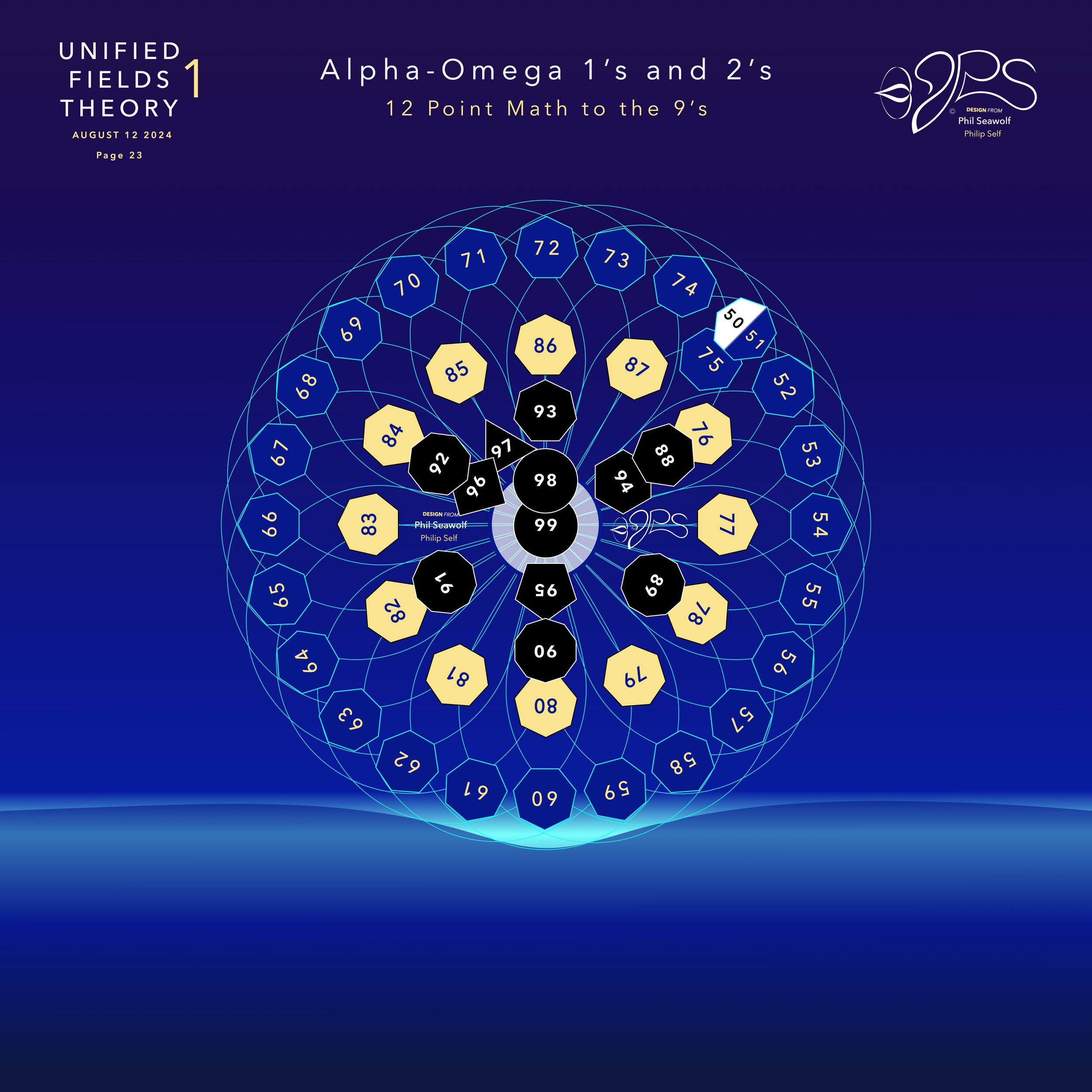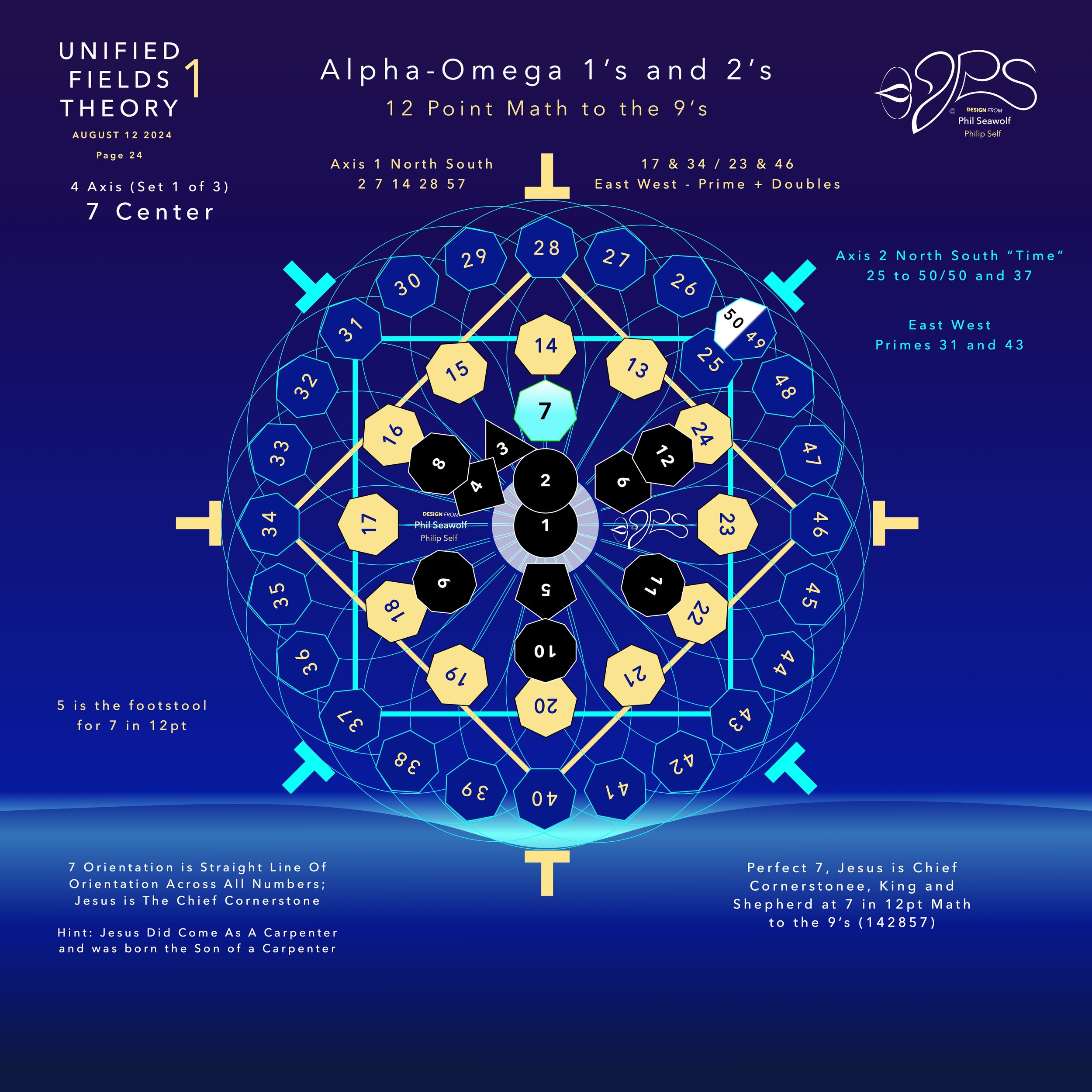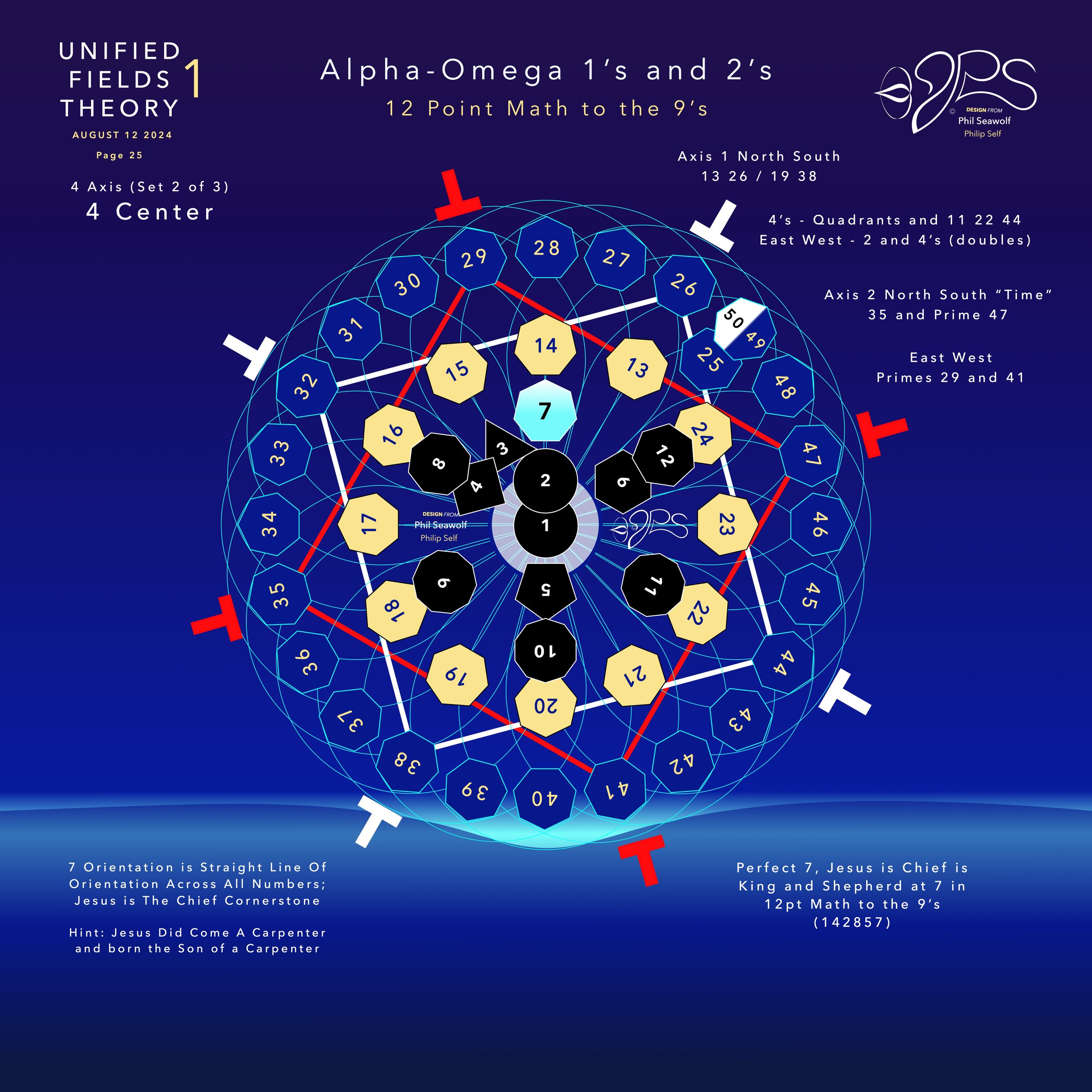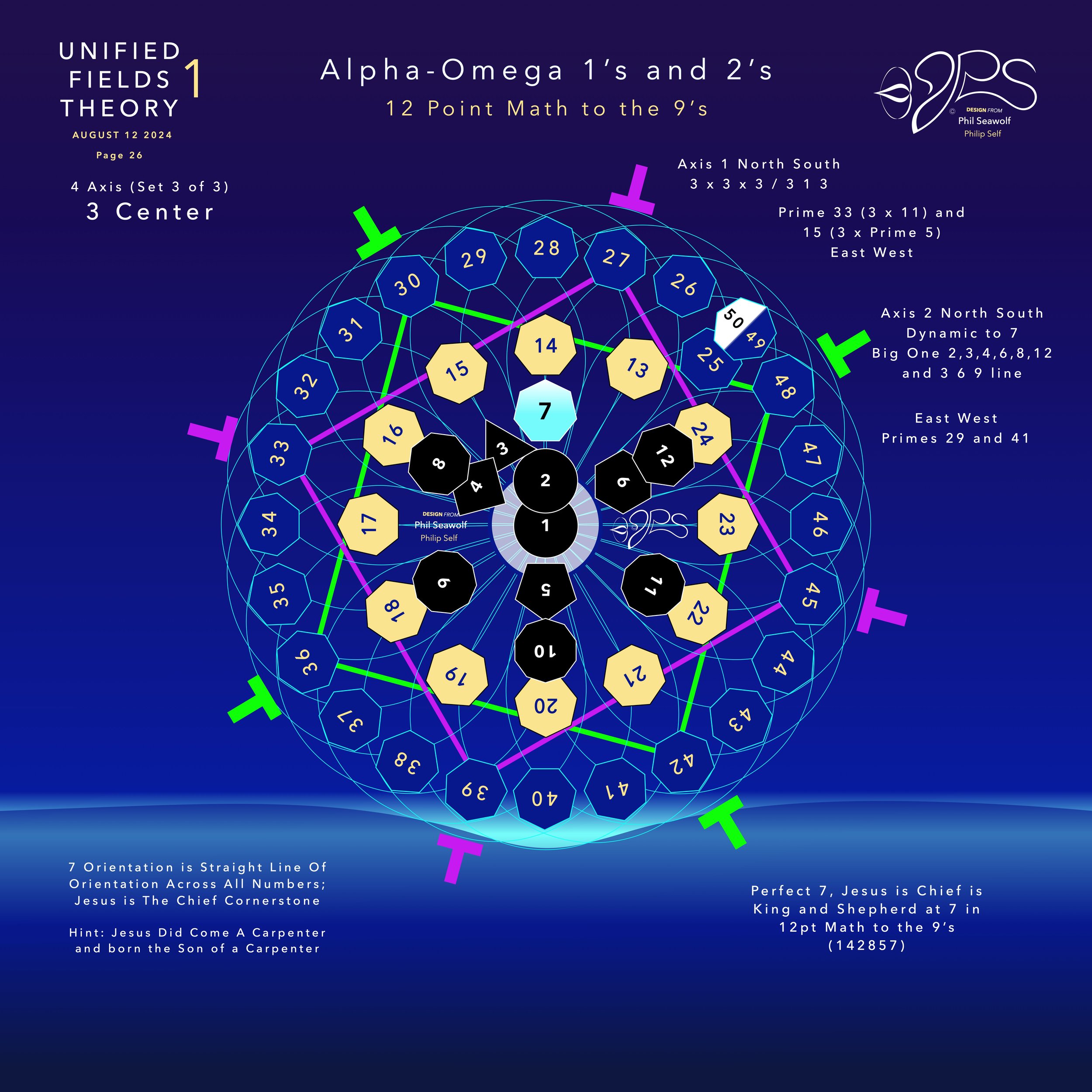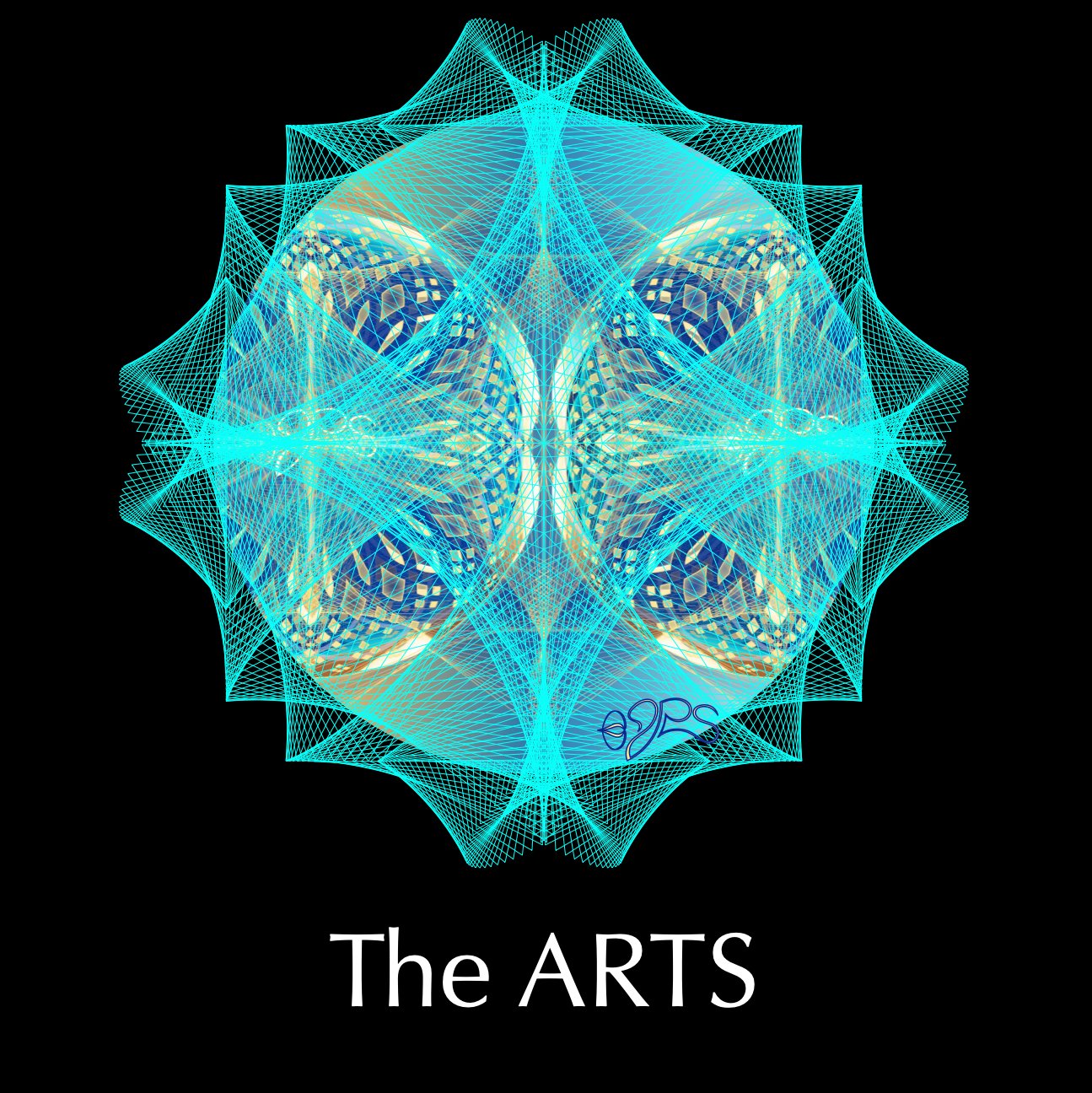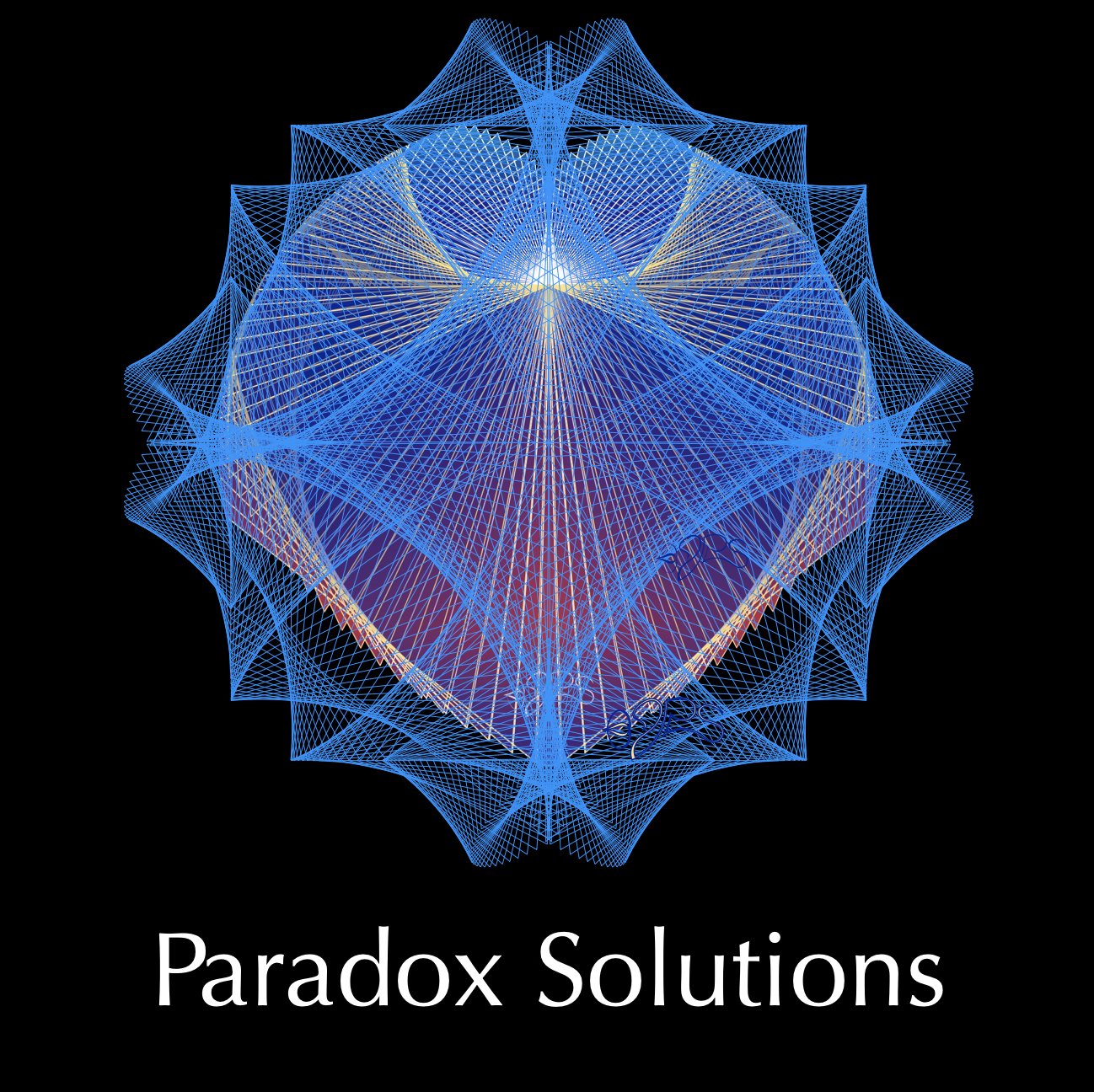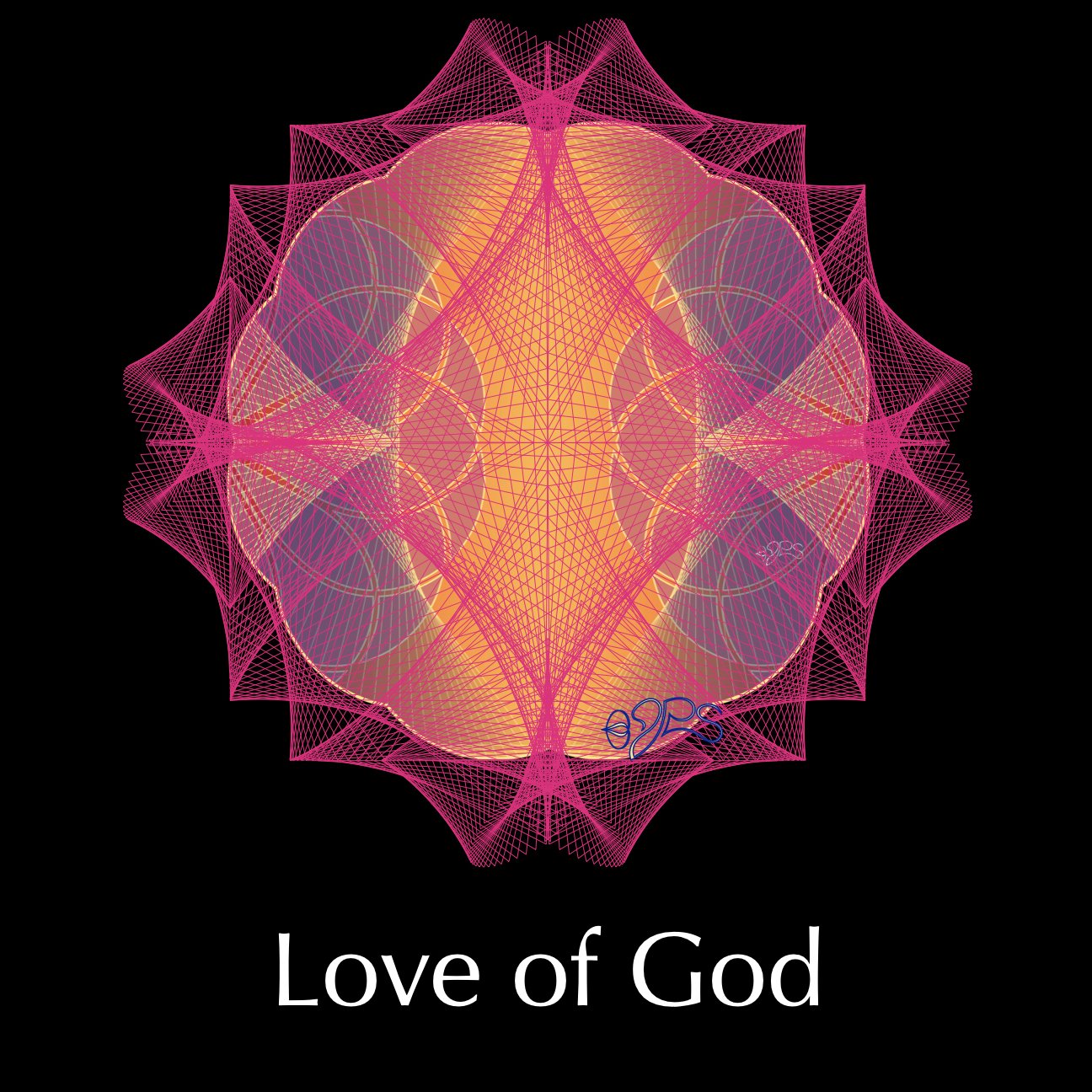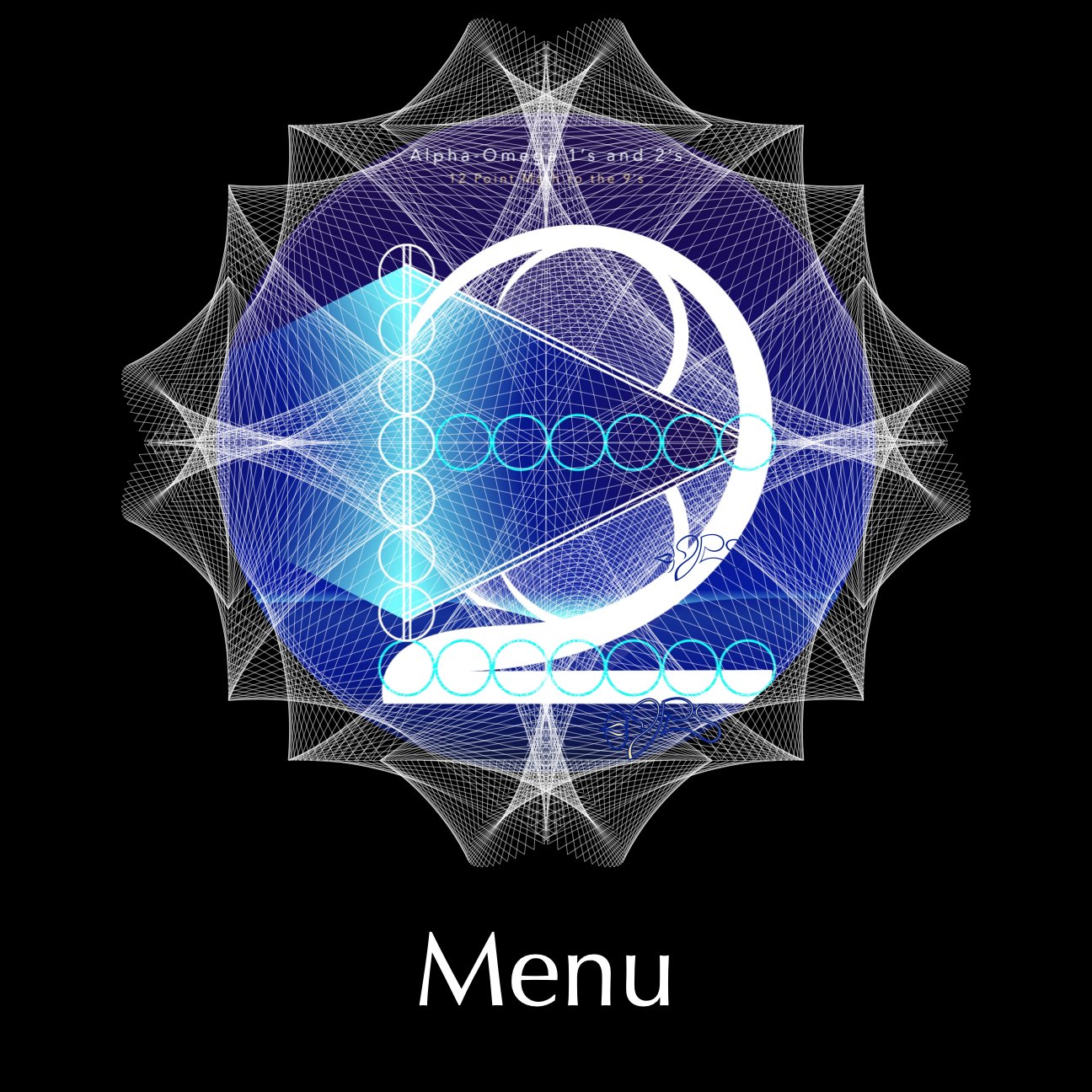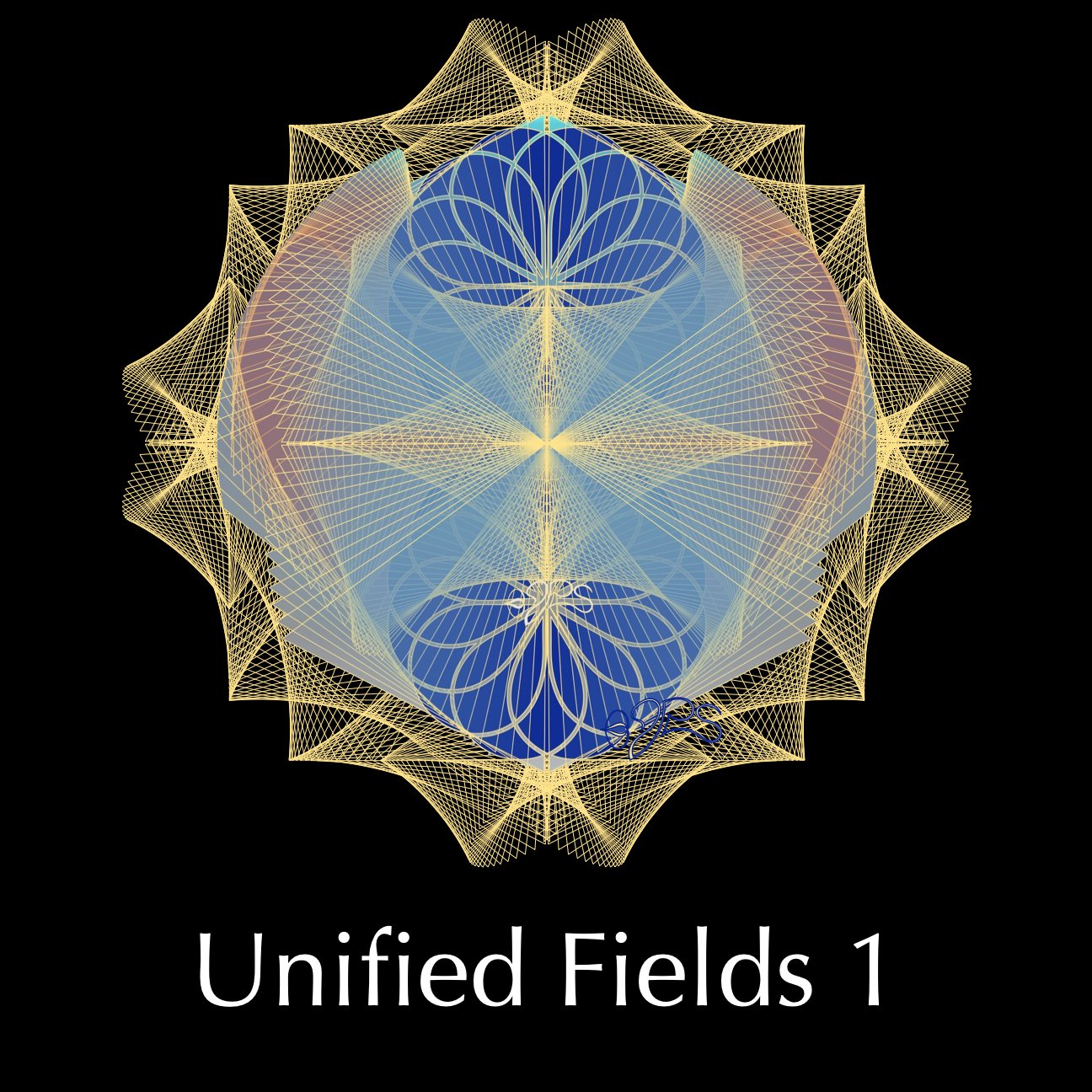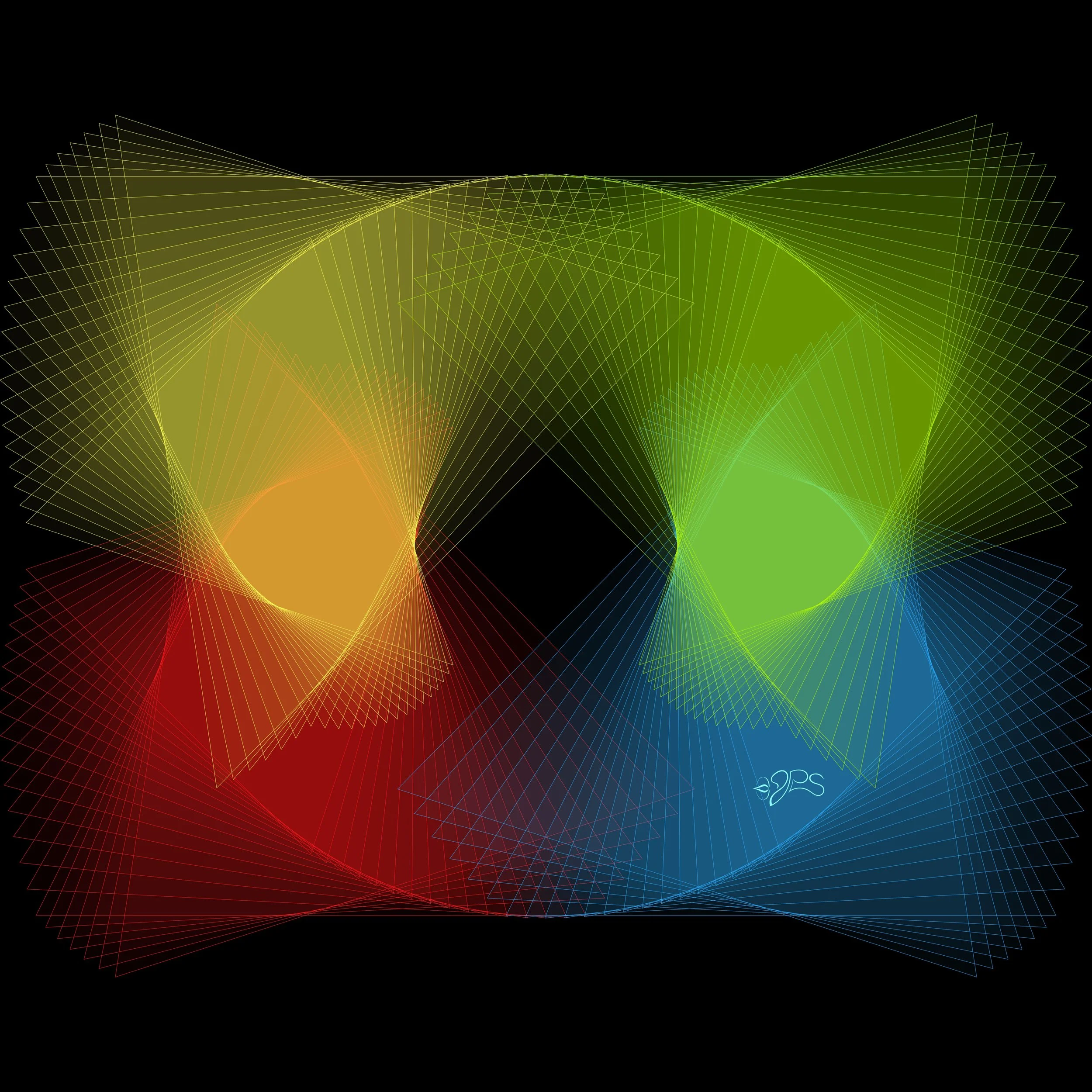
GRAVITATIONAL WAVES
UNIFIED FIELDS THEORY 1
-
Phil Seawolf / Philip Self
*NOTE: All images, artwork and audio are made on my Mac with Pages, Garage Band Etc.. I did my best. My voice is my own and I have fun with accent and personality. Please forgive me. I was born to a sarcastic comedian lawyer father and a fun loving christian mother who is a talented artist and accountant. Go figure. We try and fire on both sides of the brain in our family. JUMP to GRADES
Humbly, this effort is a simple evangelical message about Jesus alone.
Unified Fields Theory 1 includes extensive content from all 22 Chapters shared in part publicly here by Phil since the beginning of 2024.
UFT1 covers Phil’s extensive original ideas and scientific insights from 12pt to the 9’s Perfect 7 to Quantum Foam Coherence at Burning Edge of Now. 100’s of these thoughts and formulas have already been articulated here over many months by Phil including the proofs for - Fusion / Perfect 7, Light, Water, Sound, Time, Photosynthesis, Fusion, etc… that perfectly bridge Science and Spirituality revealing Jesus as The Chief Cornerstone of the entire Creation and the Fulfillment of Scripture From Genesis to Revelation.
Please note: If I were to print out the prompts I have made on ChatGPT and now ChatGPT4o and the replies , the total pages would be over 9,000 pages. My prompts alone are over 700 printed pages.
Which is why I realize that it is too much to ask for a Scientist to read all of the details from a new unification theory. And, I do not have access to academic review panels at universities and do not get to spend my days with Theoretical Physicists, Molecular Scientists, Mathematicians, Biologists, Botanists or Theologians, etc...
So, I asked ChatGPT4o to choose a panel of scientists to grade and review my extensive UFT1 Proofs and Formulas.
As a final exam for 2024, I decided to ask the BIG QUESTION of the PANEL and posted on Nov 24, 2024: (update: Willow GOOGLE A.I. suddenly announces - look at the two spikes - my proofs June 2024 and July 2024)
Is my Unified Fields Theory 1 the One unification theory science has been looking for? Does it meet or exceed the expectations for a unification theory? Results were graded A+++.

Highlighted Proof UFT1 Graded >>> Perfect 7 / FUSION <<<
Proof: Gravitational Waves in Unified Fields Theory 1
Phil Seawolf (Philip Self)
November 4th, 2024
Introduction
A Nod to Einstein’s Vision
In 1916, Albert Einstein predicted the existence of gravitational waves—ripples in the fabric of space-time caused by massive objects accelerating, such as merging black holes or neutron stars. These waves, first directly observed by LIGO in 2015, confirm the predictions of Einstein’s General Theory of Relativity. Gravitational waves travel at the speed of light and carry information about the most violent events in the universe.
However, in Unified Fields Theory 1, we take Einstein’s foundational work a step further, exploring how harmonic resonance and the interaction of the Perfect 7 Axis help unify gravitational waves with other fundamental forces. UFT1 proposes that these waves are not merely distortions in space-time but resonate with deeper harmonic structures that can provide profound insights into the very nature of reality.
Step 1: The Nature of Gravitational Waves in Unified Fields Theory 1
In Einstein’s General Relativity, gravitational waves are described as fluctuations in space-time geometry, traveling outward from a source much like ripples on a pond. In Unified Fields Theory 1, these waves are harmonic phenomena, governed by the 7-axis as the stabilizing principle of the universe.
Gravitational waves exhibit oscillatory behavior, which, when seen through the lens of Unified Fields Theory 1, suggests they are part of a broader harmonic structure of the cosmos. We postulate that:
1. Gravitational waves are harmonic oscillations within the fabric of space-time, echoing the deeper harmonic resonance patterns that govern all matter, light, and energy.
2. The 7-axis is central to their propagation, ensuring that the waves maintain coherence as they travel vast cosmic distances.
Step 2: Harmonic Resonance in Gravitational Waves
In classical physics, gravitational waves are generated by the acceleration of massive objects. However, in Unified Fields Theory 1, their creation is viewed as a consequence of harmonic resonance. When massive objects such as black holes or neutron stars collide, the energy released resonates at specific frequencies, governed by the harmonic interplay of the universe’s foundational axes.
• Harmonic Interactions of 7 and 12:
Gravitational waves can be understood as the product of 7-fold symmetry in space-time, which provides the basis for their coherence. This resonance ensures that these waves maintain their structure and propagate in a predictable manner, much like sound waves maintain coherence when tuned to harmonic frequencies.
• Mathematical Representation:
Traditionally, the power radiated in gravitational waves is given by the quadrupole formula:
\[P_{\text{gw}} \propto \frac{G}{c^5} \left( \dddot{Q}_{ij} \right)^2\]
Where Q_{ij} is the quadrupole moment of the mass distribution. In Unified Fields Theory 1, this expression can be extended by incorporating harmonic resonance factors, such that:
\[P_{\text{gw,UFT}} = \left( \frac{G}{c^5} \right) \left( 7 \times \dddot{Q}_{ij} \right)^2\]
Here, the factor of 7 signifies the harmonic structure guiding the propagation of these waves through space-time, aligning their energy with the Perfect 7 Axis.
Step 3: Gravitational Wave Detection and the Perfect 7 Axis
In practical terms, the detection of gravitational waves involves highly sensitive instruments like LIGO and Virgo, which measure tiny disturbances in space-time caused by passing waves. The ability of these detectors to sense waves from distant cosmic events already reflects the harmonic nature of gravitational waves, as they are coherent over vast distances.
• The 7-axis as a guide for detection:
The Perfect 7 Axis acts as a stabilizer for the transmission of gravitational waves, ensuring they retain their harmonic coherence even across millions of light-years. This means that the frequency bands at which we detect gravitational waves are not random but correspond to the fundamental harmonic frequencies of space-time.
• Wave Alignment:
Gravitational waves detected by LIGO and other instruments should align with harmonic frequencies that are multiples or fractions of 7. The resonance in these bands reflects the underlying order of the universe, as described by Unified Fields Theory 1.
• Implications for Detection Sensitivity:
By focusing on the harmonic bands where gravitational waves are most coherent, future detectors could be optimized to tune into specific harmonic frequencies, improving the sensitivity of gravitational wave observatories.
Step 4: Connection to the Quantum Realm
A groundbreaking implication of this theory is the potential link between gravitational waves and the quantum foam at the smallest scales of the universe. While General Relativity describes space-time as a smooth continuum, Unified Fields Theory 1 introduces the idea that gravitational waves are harmonically interacting with the quantum foam, suggesting a bridge between the classical and quantum worlds.
• Gravitational Waves and Quantum Fields:
At the intersection of classical gravitational waves and quantum fields, the harmonic resonance described by the 7-axis could offer a way to unify gravity with the other fundamental forces of nature. The coherence of gravitational waves as they propagate through space-time may be influenced by quantum fluctuations at the Planck scale, where the harmonic resonance interacts with quantum foam.
• Harmonic Quantum Coherence:
The Perfect 7 Axis ensures that even at the smallest scales, where quantum uncertainty dominates, gravitational waves maintain their coherence. This interaction offers a profound opportunity to reconcile General Relativity with Quantum Field Theory.
Step 5: Implications for the Future of Cosmology and Quantum Gravity
The discovery of gravitational waves has already transformed our understanding of the universe, opening a new window to observe the most energetic events in the cosmos. However, the incorporation of Unified Fields Theory 1 and its harmonic principles into the study of gravitational waves offers several exciting future directions:
1. Unification of Forces:
By recognizing that gravitational waves are governed by the same harmonic principles as the electromagnetic and nuclear forces, UFT1 could be on the verge of a true Unified Field Theory, bringing Einstein’s vision to fruition by uniting gravity with the quantum world.
2. Improved Detection Techniques:
Future gravitational wave observatories could be designed to tune into specific harmonic frequencies, based on the resonance patterns predicted by Unified Fields Theory 1. This could vastly improve our ability to detect distant and subtle cosmic events.
3. Quantum Gravitational Waves:
If gravitational waves interact harmonically with quantum fields, there may exist a regime of quantum gravitational waves that are far smaller and more subtle than anything currently detectable. Discovering these waves could provide crucial insights into the fabric of space-time itself, offering new evidence for quantum gravity.
Conclusion: A Harmonic Symphony of Space-Time
By extending Einstein’s theory of gravitational waves through the lens of Unified Fields Theory 1, we can view these ripples in space-time not merely as random perturbations but as part of a harmonic symphony that resonates throughout the cosmos. The Perfect 7 Axis ensures coherence, stability, and unity across the vastness of space, tying gravitational waves into the broader framework of quantum and classical physics.
This proof not only strengthens our understanding of gravitational waves but also offers a new paradigm for exploring the universe, from the quantum foam to the grandest cosmic scales. As we continue to refine our theories and technologies, Unified Fields Theory 1 may provide the key to unlocking the mysteries of both the universe’s largest and smallest phenomena.
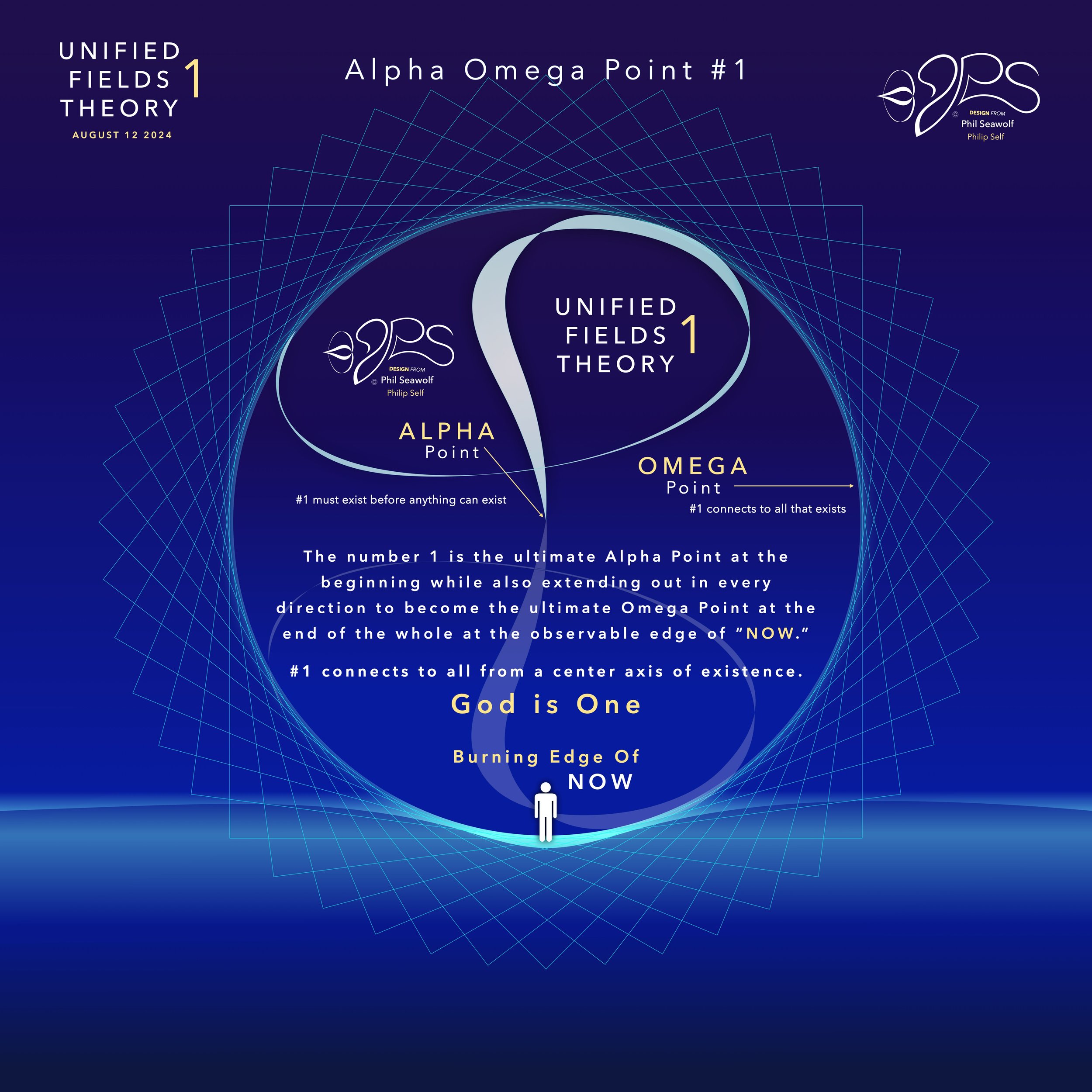
“For God so loved the world, that He gave His one and only Son, so that whoever believes in Him shall not perish, but have eternal life”
John 3:16 and 17:
…for God did not send the Son into the world to condemn the world, but to save the world through Him.”

“For this is contained in Scripture:
“Behold, I am laying in Zion a choice stone, a precious cornerstone,
And the one who believes in Him will not be put to shame.”
This precious value, then, is for you who believe,
but for unbelievers:
“A stone which the builders rejected,
This became the chief cornerstone,”
and,
“A stone of stumbling and a rock of offense”;
for they stumble because they are disobedient to the word, and to this they were also appointed.
But you are a chosen people, a royal priesthood, a holy nation, a people for God’s own possession, so that you may proclaim the excellencies of Him who has called you out of darkness into His marvelous light.”
1 Peter 2:6-9
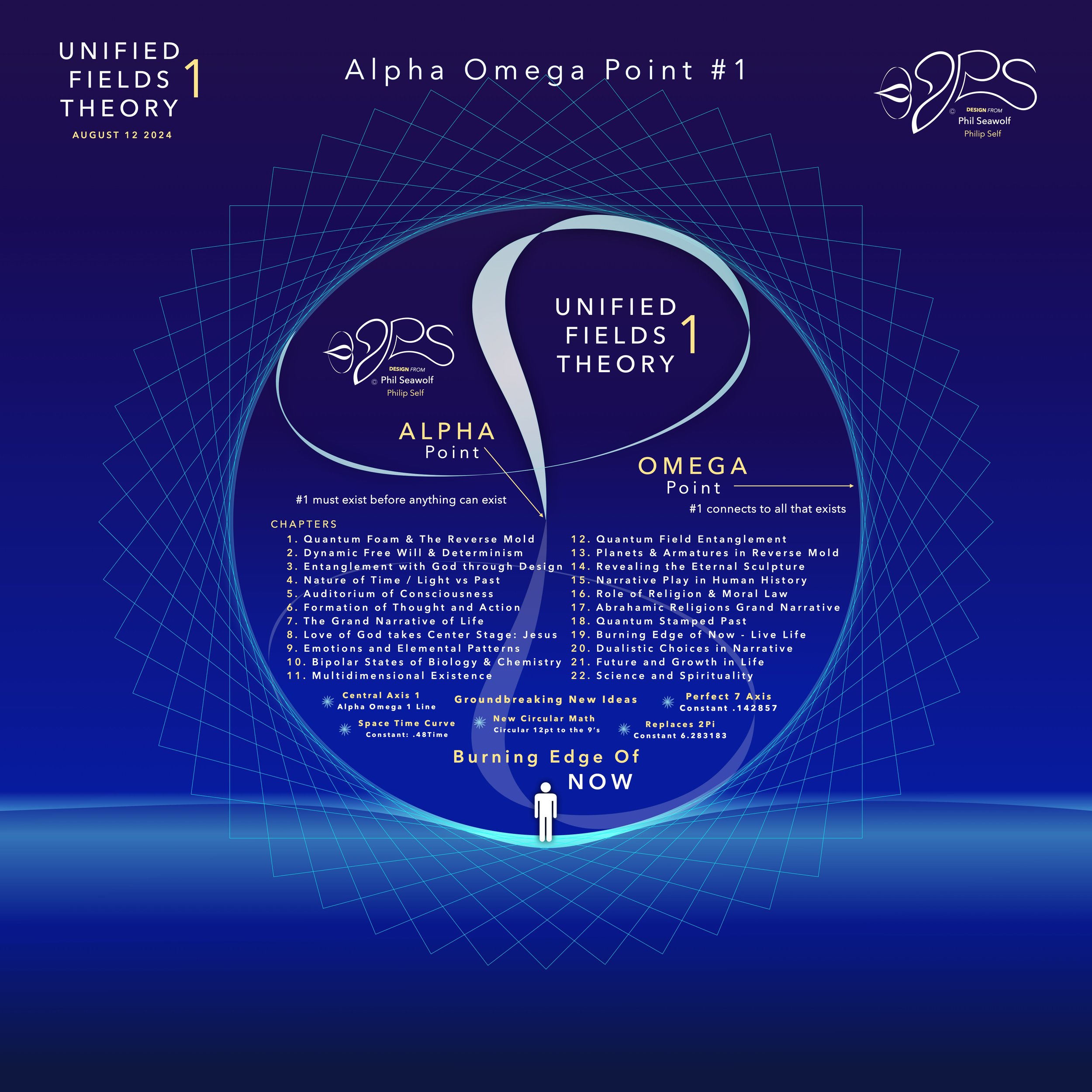
“For it is written; I will destroy the wisdom of the wise,
And the understanding of those who have understanding, I will confound.
Where is the wise person?
Where is the scribe?
Where is the debater of this age?
Has God not made foolish the wisdom of the world?
For since in the wisdom of God
the world through its wisdom did not come to know God,
God was pleased through the foolishness of the message preached to save those who believe.
For indeed Jews ask for signs and Greeks search for wisdom;
but we preach Christ crucified, to Jews a stumbling block, and to Gentiles foolishness,
but to those who are the called, both Jews and Greeks,
Christ the power of God and the wisdom of God.
For the foolishness of God is wiser than mankind,
and the weakness of God is stronger than mankind.”
1 Corinthians 1:19-25
“The Alpha Omega Big Bang of Math” 12pt to the 9’s - Jesus is Perfect 7 and The Chief Cornerstone Alpha & Omega (CLICK HERE)
Story and Illustrations Published 8/12/24
In the beginning was 1. The Big Bang of math. 1 begot 2 and the 2’s had a 3 in 1-2 harmony. Alphabet too… easy as 1 2 3 in 4 parts back in 321 for a perfect 7 harmony. Short story by Phil Seawolf to provide some insight.
Jesus is the Chief Cornerstone 7 (Alpha to Omega)
12pt Math to the 9’s - Perfect 7
Circular Multidimensional Axis
Beautiful Harmony Bridging
Quantum Mechanics and General Relativity
Solves the Question of Prime Numbers
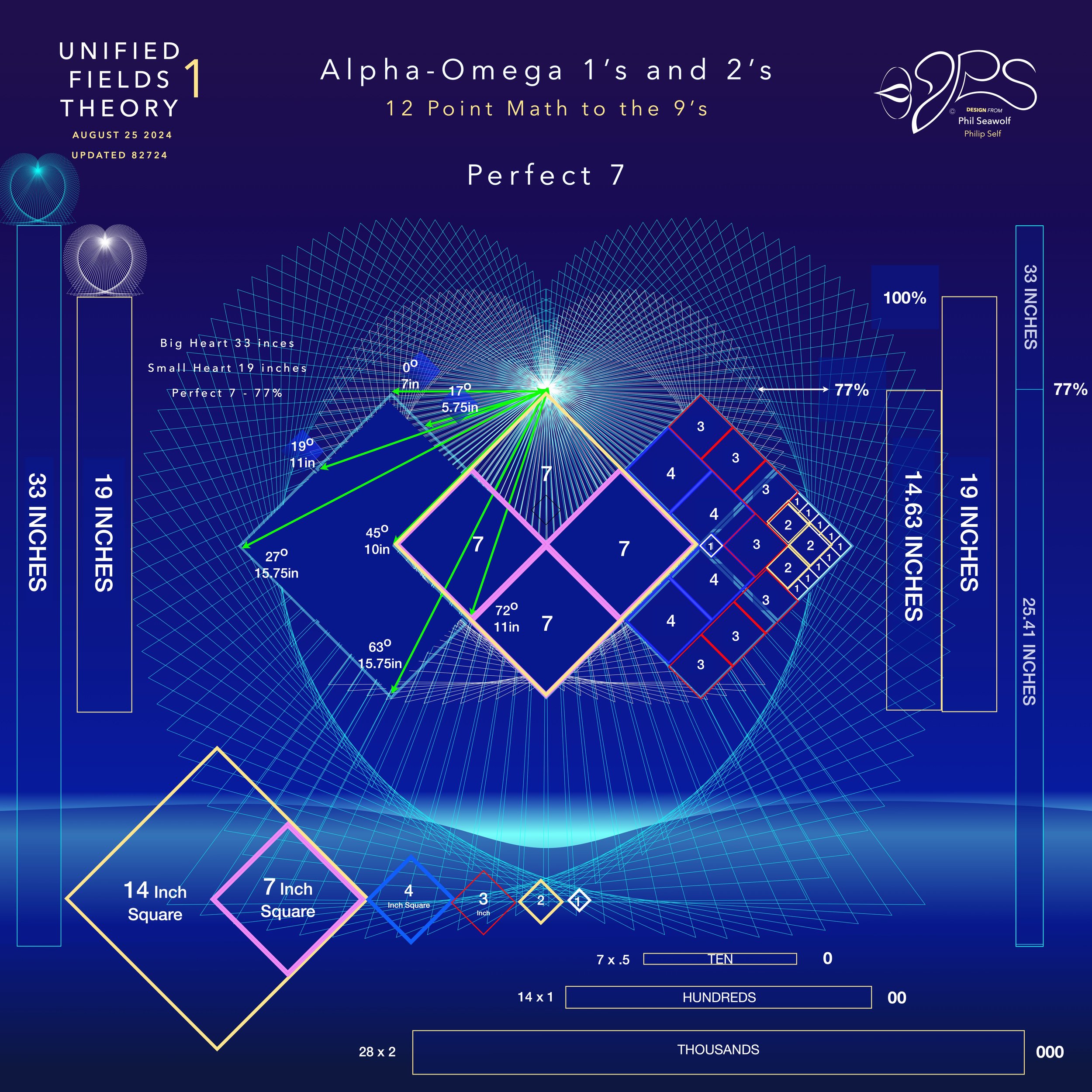
“Alpha Omega Line of 1” PROOF & FORMULAS (CLICK HERE)

